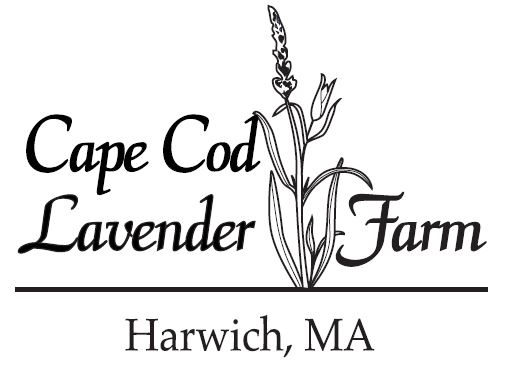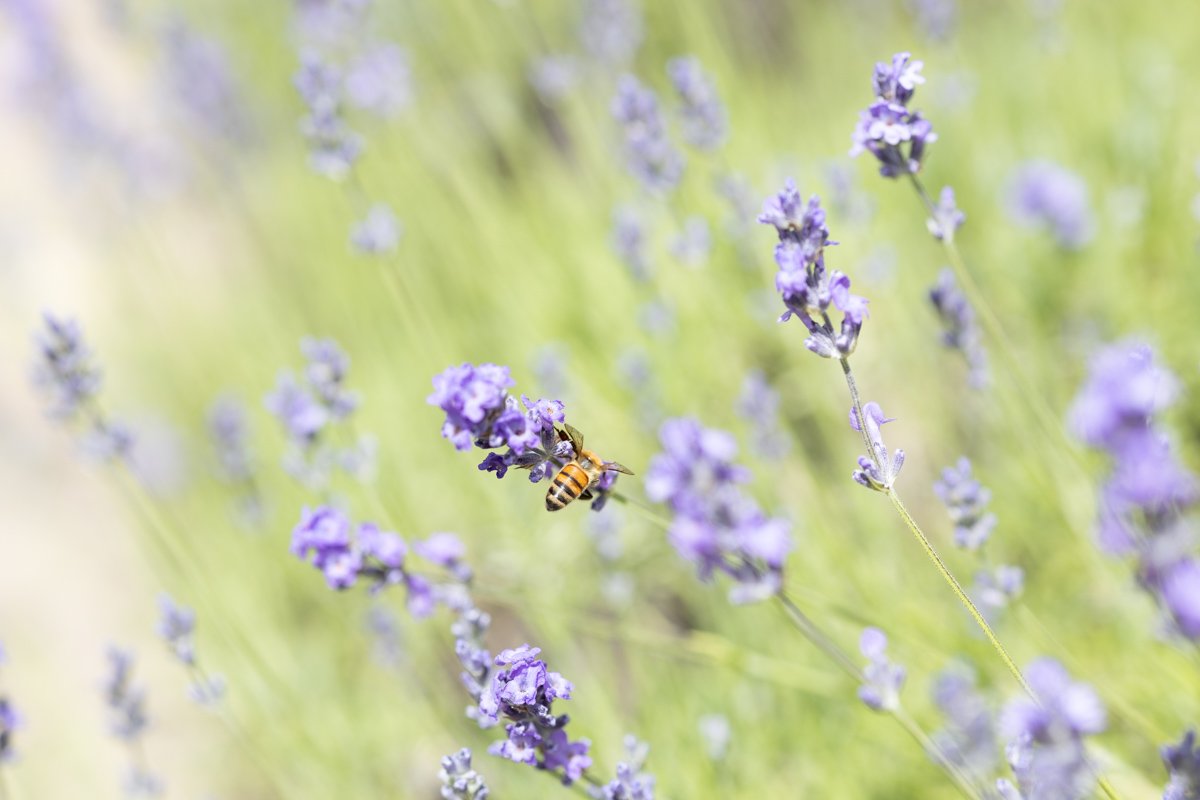Happy Spring from CCLF
As we kick off our 28th spring here at CCLF, we thought we’d feature an inaugural blog post that captures a lot of answers to the questions about the varieties and benefits of lavender we often get here at the Farm. And we thought we’d throw in a recipe while we’re at it.
Lavender Varieties
There are hundreds of different varieties of Lavender, and while they all provide the same magical benefits, each features certain unique characteristics. Some of the varieties we have at the farm include Hidcote, Provence, Grosso, and White Lavender.
Hidcote is that quintessential Lavender you dream about with the sweet fragrance, and beautiful lavender blue color. It’s easily maintained for mass planting and requires low maintenance.
Provence is extremely aromatic and can withstand heat and humidity. Typically, you find this variety in soaps, bath salts, and soaks along with artisanal goods.
Grosso is typically used in cooking and food. Recipes such as roasting potatoes, seasoning fatty foods like meats and cheese, and making lemonades or teas would all incorporate this versatile plant.
All Lavender contains anthocyanins (pigments), which determine the plant's color. White Lavender contains no anthocyanins and yet the smell remains unaffected and beautiful. See more details on varieties here.
Benefits of Lavender
For many, the main characteristic they associate with Lavender is the unmistakable fragrant smell. Often used in potpourri or infused in candles to burn, you may even be aware of the wonderful calming effects the scent can have. But did you also know that smelling Lavender or applying Lavender oil on the skin can aid in calming your parasympathetic nervous system? This creates a state of calm within the body. The serene effects on the nervous system can also encourage a way to cope with anxiety, depression, and insomnia as stimulating the parasympathetic nervous system calms the fight-or-flight response within your own body.
Edible Lavender
You can reap the same benefits by eating Lavender as well. Cooking with it provides a depth of flavor to meals and snacks while helping your body heal and destress. Steep some Lavender tea either hot or cold, combine Lavender buds with different seasonings or try it mixed in with honey. Lavender can also be used for its antiseptic properties as well as can be used as a bug spray, healing small cuts and minor burns, and a refreshing face mist!
Lavender Recipes:
Feeling Good Focus Tea:
Perfect for when you’re feeling like a warm cup of something soothing. Try it out when reading your favorite book or during the day when you need a little pick me up.
⅓ Rosemary
½ Orange Slice ( 2 f on the smaller side)
½ lemon
¼ Lavender Buds
3 Cups of water
Honey
(Omit Honey for Vegan recipe)
Combine rosemary, lavender, orange, and lemon in a teapot and cover. Steep for 7 to 10 minutes and then strain. Pour into your favorite mug, sit back, sip, and enjoy.

